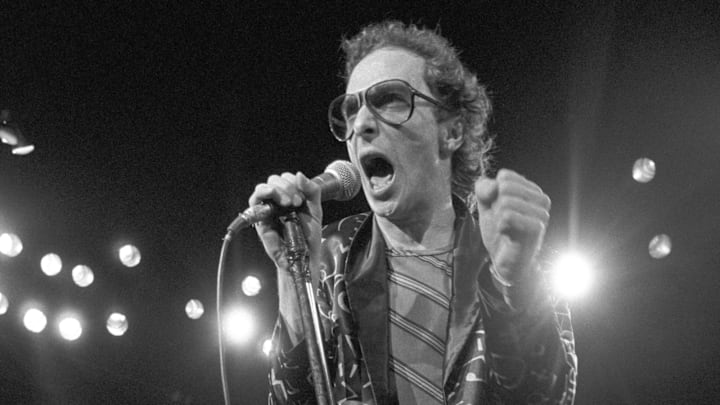Something/Anything by Todd Rundgren (1972)
The Citizen Kane of rock music. Like Orson Welles, Rundgren was just 24 when he released his first solo album. But he was already a prodigious talent, having led the bands Nazz and Runt, and already begun a prolific producing career. Even though his two Runt albums were de facto solo efforts, he did technically have a band playing with him.
For the massive 90-minute double album Something/Anything, he got rid of the band. On the first three sides, Rundgren played every instrument and wrote every song. They included one of his few hits, ”I Saw the Light,” the virtually perfect soft pop love song. He added several other gorgeous tunes in “Cold Morning Light” and “Sweeter Memories.” But he could rock out a little more with the gospel-tinged “Wolfman Jack,” and the bright pop of “Couldn’t I Just Tell You.”
Something/Anything is far from perfect, but it is so audacious and such a torrent of musical ideas that it overwhelms any flaws. And that's before you get to the final side. That’s when Rundgren decided he needed a band – a raw, mostly unrehearsed band to record the final songs live with almost no embellishment.
That’s where we get the basement rock and roll covers of “Money,” “Messing with the Kid,” and “Dust in the Wind.” And just before the end, the runt even covers himself. “Hello It’s Me” had been a Nazz song, but Rundgren re-creates a livelier version, more than 80 minutes into his debut album.
Rundgren would continue his experiments with pop for decades. He would never release another solo project as good as Something/Anything, but he would become one of the most sought-after producers in the business.
The Modern Lovers by the Modern Lovers (1976)
The release date was 1976, but many of these tracks were recorded before anything else on this list. Singer-songwriter-guitarist Jonathan Richman grew up in Boston as quite possibly the world's biggest fan of Lou Reed and the Velvet Underground.
By the early ‘70s, he had formed his own quartet, blasting out songs that sounded a lot like the ones Reed wrote for the VU. Quirky, literate, and heavily influenced by early rock. He even got former Velvet John Cale to produce a series of tracks.
They would be released about five years later, and by that time, the original Modern Lovers no longer existed. From the nasally countdown “One, two, three, four, five, six” on the lead track “Roadrunner,” Richman and his mates are displaying the evolution from garage to punk right before our eyes. The declaration “I’m in love with rock and roll” still carries weight more than fifty years later.
Richman then plugs a live wire into teenage male angst on “Astral Plane,” in which he swears he’ll go insane if the object of his affection refuses to sleep with him. And a little while later, he is introducing his lifelong fascination with songs about artists on “Pablo Picasso.” Then there’s the lovely “Hospital,” this time channeling Reed’s more contemplative songs.
Richman would re-form a new Modern Lovers and continue releasing his unique brand of music either with the band or as a solo artist, and he continues to do that, now pushing 75. What’s even more remarkable about The Modern Lovers is that the album boasts two future Rock and Roll Hall of Famers.
Keyboardist Jerry Harrison would eventually join the Talking Heads, while drummer David Robinson would become part of the Cars. But somehow, Jonathan Richman remains outside the Hall.
Continued on next slide...
